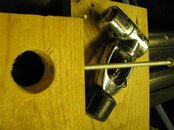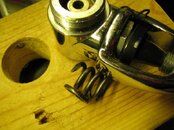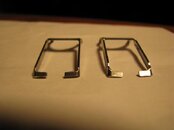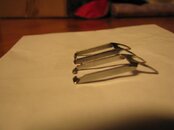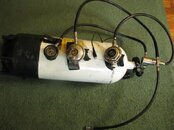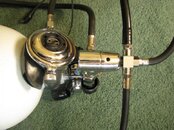Another slim possibility I suppose would be some wear or nick in the square hole on the air barrel. You can take a jeweler's file and very carefully clean up the edge, especially the bottom corner where the lever rides. That might smooth things out a bit, but after reading your thread i'd be 90% sure that a new lever and spring will solve the problem.
Glynn Palmer of Malibu Scuba (whom I believe teaches/taught a regulator repair class for SP - though I may be incorrect, and please forgive me if I am incorrect) has discussed that with me numerous times in conversations over "issues" with the 109....



